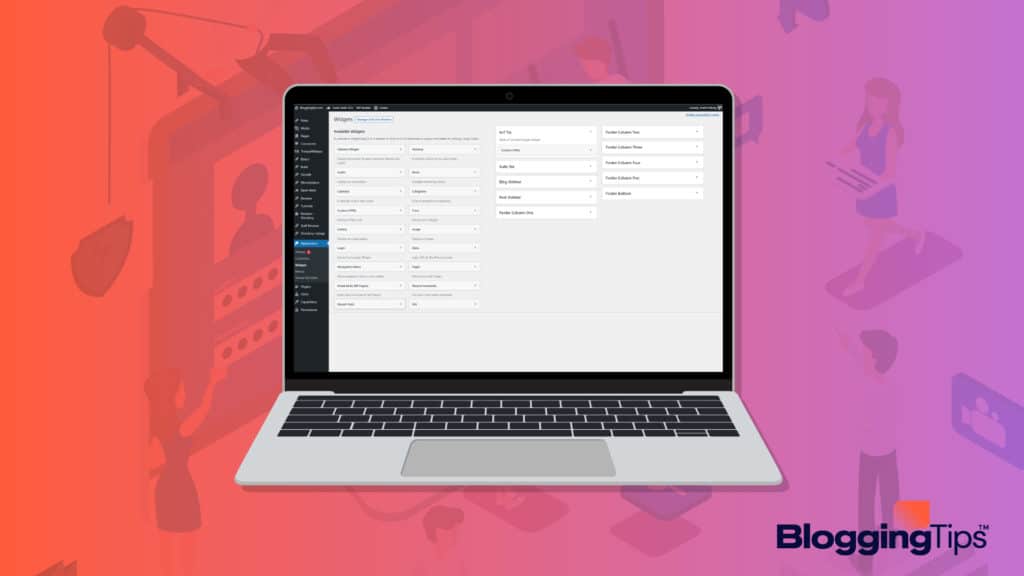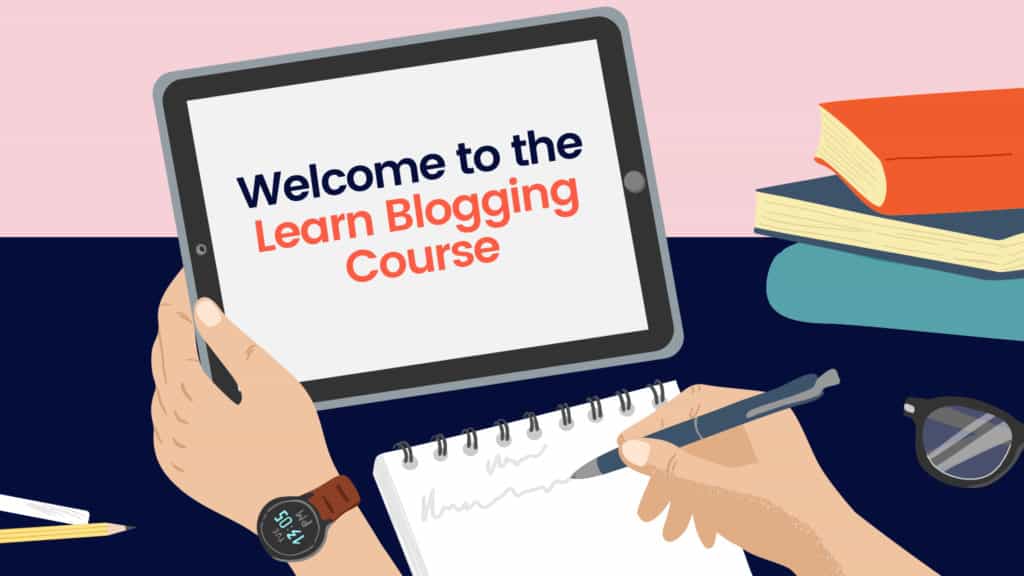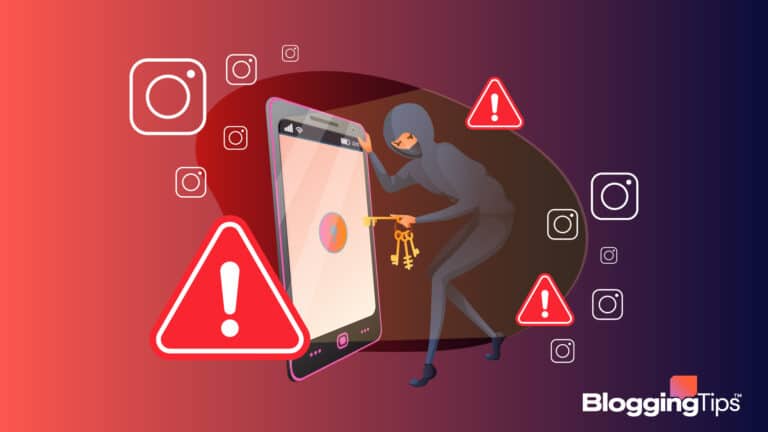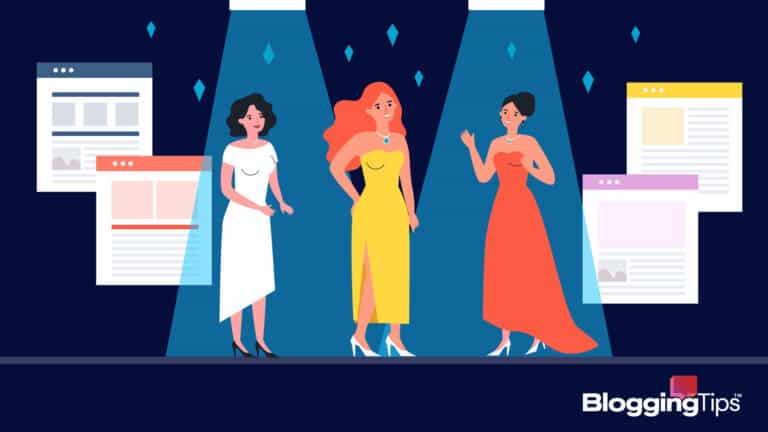Learning WordPress can be a daunting task, so we’re here to break it down for you.
The first step is to get familiar with the core of WordPress.
We’ll start by giving an overview of the basic structure and features available on the platform, and how you can make the most of them.
From there, we’ll explore a few of the many resources available to help you get started, and recommend some of the best options.
Once you understand how things work, there are many ways that you can customize your website’s appearance and content and truly make it perfect for you.
So read on as we show you some great ways for how to learn WordPress quickly!
Frequently Asked Questions
What Do I Need to Learn WordPress?
All you really need to get started learning WordPress is a WordPress account, a vision for your website, commitment to the learning process, and willingness to learn.
You might also want to already have a domain and hosting platform setup and ready to go, but these are not required to learn the ins and outs of WordPress itself.
Do I Need to Know How to Code to Use WordPress?
No, you do not need to know how to code to use WordPress.
You can use WordPress to create a website or blog without knowing any code.
However, if you want to fully customize your site or add specific complex features, you may need to learn some basic HTML and CSS.
Can I Learn WordPress for Free?
You can learn WordPress for free. There are many free resources available to you, and they’re a great place to start if you’re looking for an introduction or refresher course on the basics.
However, there are some things to consider before diving in.
Not all free tutorials are created equal.
Some may not be as thorough or up-to-date as paid courses from reputable education providers like Udemy or Skillshare, others might be outdated or difficult to follow due to outdated software versions, and others may only teach coding concepts instead of working with the WordPress platform directly.
Is WordPress Worth Learning in 2022?
Yes, WordPress is definitely worth learning in 2022.
Here are 5 reasons why:
- WordPress is the most popular content management system (CMS), and is used by 43.2% of the world’s websites.
- WordPress powers 36% of the top 1 million websites, including Bloomberg, Nike, and The New York Times.
- WordPress is easy to use and has a ton of features and plugins to make your website look and function exactly how you want it to.
- WordPress is SEO friendly, which means your website is more likely to rank high in search engine results.
- WordPress is free! You can download it and use it to create your website without spending a dime.
Learn WordPress: Set Up a Learning Plan
Learning something new takes time and effort.
If you want to learn WordPress, you’ll need to put in the hours to master it.
We recommend tackling WordPress in chunks, and breaking down the content management system into pieces you can learn one at a time.
Start by exploring each of the sections below, including the links and resources, and play around with each feature on your own site.
Don’t be afraid to experiment and find what works for you.
The WordPress community is always ready to support you, so get comfortable navigating the forums and help guides as you work your way through the process.
1. Get Started with WordPress
Although it’s not absolutely necessary before diving into learning WordPress, it will be easier to learn hands-on if you start with your own website.
You can start by using the self-hosted WordPress.com (which requires signing up for a paid plan), or by using the free WordPress.org (but you will need to find a domain name and hosting platform separately).
If you want more info on the differences between the two options, check out our comprehensive guide.
2. WordPress Basics and Structure
One of the great things about WordPress is its flexibility.
The content management system (CMS) is built on a foundation of code that is easy to understand for developers, yet still provides enough structure for those who are not familiar with coding.
This makes it possible for anyone to create a website using WordPress.
The basic structure of a WordPress website includes a few key elements:
- Themes: A WordPress theme is a collection of files that work together to create the design and functionality of a WordPress website. There are thousands of themes available for WordPress, both free and paid.
- Plugins: Plugins are pieces of software that extend the functionality of WordPress. These can add features to your site like ecommerce stores, forums, and more. There are thousands of free and paid plugins available.
- Content: Content is the information on your website, such as your blog posts, pages, and images.
- Users: Users are the people who have an account on your WordPress website. Each user has a role, such as administrator, editor, or subscriber.
You can find all of these pieces in the different sections of your WordPress dashboard.
This is the back-end of your site, where you can make changes and edits to your content, themes, plugins, and more.
The best way to familiarize yourself with the WordPress dashboard is to play around with it and experiment.
3. WordPress Plugins
Once you’ve learned the basics of WordPress, you’ll probably want to take advantage of some of the many plugins available.
Plugins are basically apps or extensions for your WordPress site.
Right now there are over 60,000 free plugins available on WordPress.
Some of the most popular plugins include Yoast SEO, Elementor, Contact Form 7, and Classic Editor.
4. WordPress Themes
WordPress themes are what determine the appearance and layout of a WordPress site.
Themes control everything from the overall layout to the colors and fonts used on your website.
A good WordPress theme will make your site look professional and help it stand out from the millions of other WordPress sites out there.
When choosing a WordPress theme, you should first decide what kind of website you want to create.
If you’re building a personal blog, then you might want to choose a theme that is simple and easy to use.
On the other hand, if you’re creating a website for an ecommerce business, then you’ll want to choose a theme that is more flexible and customizable.
Once you’ve decided what kind of site you want to create, you can start browsing through the thousands of WordPress themes available.
To find the perfect theme for your site, you can browse through the 10,000+ themes available on WordPress.org.
5. Customizing WordPress
Once you’re comfortable navigating your WordPress platform and site, and you’ve installed and played around with a few plugins and themes, you can really focus on customizing your site to match your vision.
You can start small by adding pages and blog content, then add basic building blocks like a contact form and navigation bar.
Then you can add ecommerce features and launch a full-fledged online store, if you so desire.
Recommended Resources to Learn WordPress

Luckily, you don’t have to struggle through learning WordPress all on your own.
There are resources ranging from YouTube channels, technical documentation, WordPress coding guides, and online courses and tutorials to help you navigate and learn the platform.
1. WordPress.org Codex
This is the official user manual for WordPress. It includes detailed guides to just about every aspect of WordPress that you can imagine, and includes tutorials tailored to beginner, intermediate, and advanced users.
To launch your learning journey, why not start with their getting started guide.
Note: The resources listed here tend to be more technical in nature and not as user-friendly as some of the other options.
2. WordPress.tv
Another official resource, WordPress.tv is a collection of videos that cover helpful topics, new features, and WordPress news.
If you navigate to the how-to section, you’ll find a ton of content geared toward learning the features of the platform to help new users get started and make the most of their experience.
3. Learn.WordPress.org
Filled with tutorials, detailed guides, and video content, this is an excellent place to start learning about all that WordPress has to offer.
It includes full online courses that create an immersive online learning experience, which can be extremely helpful for new users.
The course on getting familiar with WordPress is a perfect place to start.
If you want to learn from an expert, you can try out a class (or several) on online learning platforms like Udemy or Skillshare.
Both sites have multiple expert-hosted courses available, so you can dive right in and start learning.
Just be aware that these are paid options, so we’d recommend first learning as much as you can using the free resources above.
Wrapping Up
WordPress is a powerful platform that makes it easy to create websites ranging from simple blogs to full-fledged ecommerce stores.
The best way to learn is to dive right in and start playing around with all the platform has to offer—themes, plugins, and more.
You can start your journey by exploring any of the free resources linked in this article, as well as our other related guides to using WordPress.
Let us know how your WordPress journey is going in the comments!







